Mantagna’s fascination with Antiquity and the canons of beauty of this period were most clearly reflected in his altar image “Madonna and Child, John the Baptist and Mary Magdalene.” The
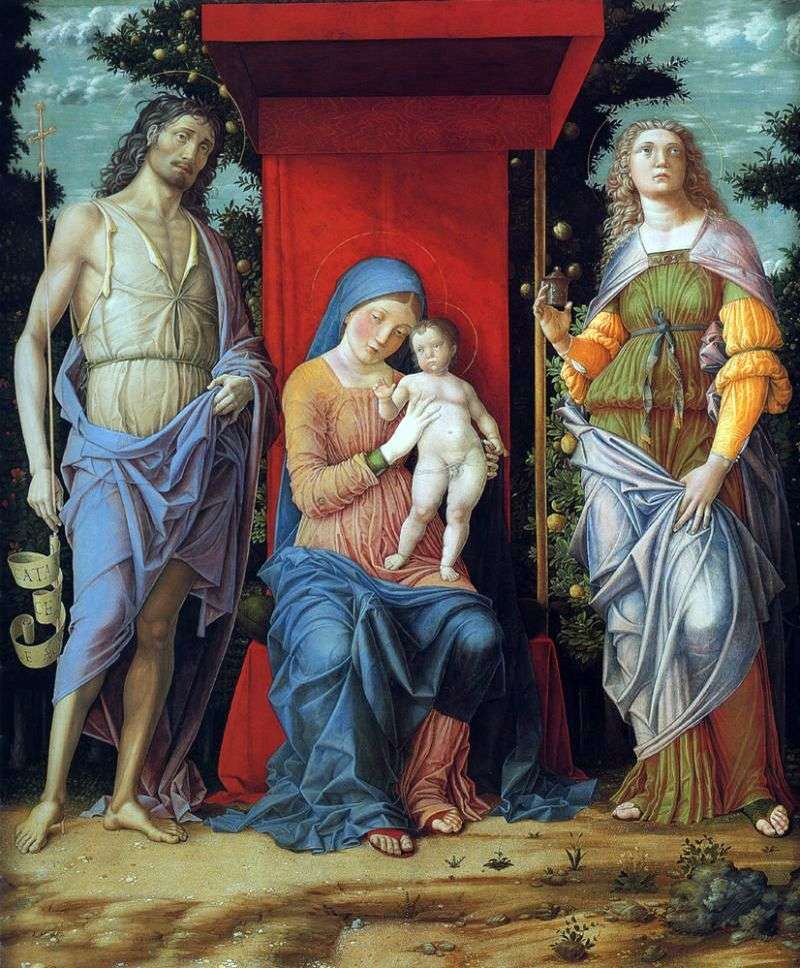
Mantegna Andrea

Mantagna’s fascination with Antiquity and the canons of beauty of this period were most clearly reflected in his altar image “Madonna and Child, John the Baptist and Mary Magdalene.” The
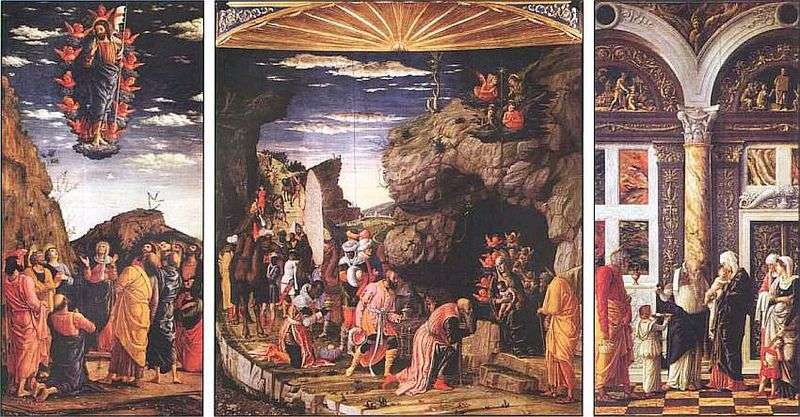
Andrea Mantegna is an artist, in whose paintings already several decades before the High Renaissance began, the approaching steps of this powerful art were felt. The triptych was commissioned by
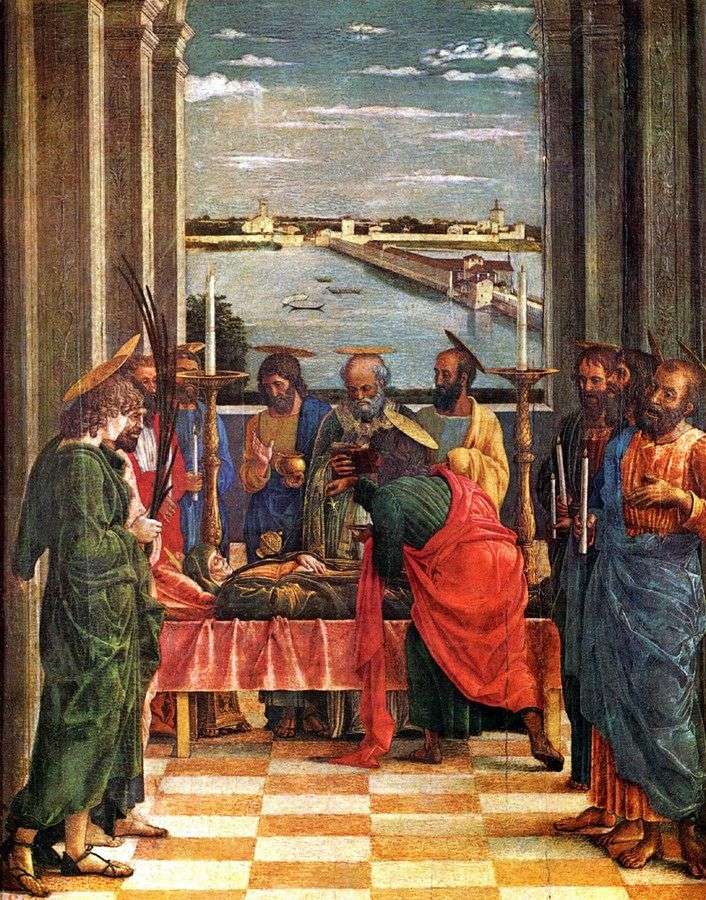
The representative of the Padua school of painting, Mamtenya, wrote in a tough and sharp manner, atypical for the classics of the Italian Renaissance. The Virgin Mary rests on a
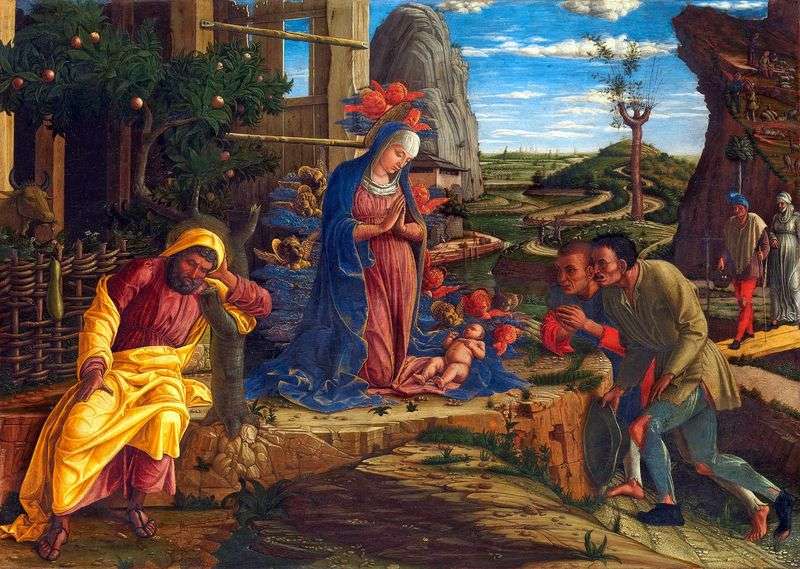
Creativity Mantegna is a major, in fact, the first truly Renaissance master in Northern Italy. Mantegna perceives the events of the Christian history as something very close, therefore in his
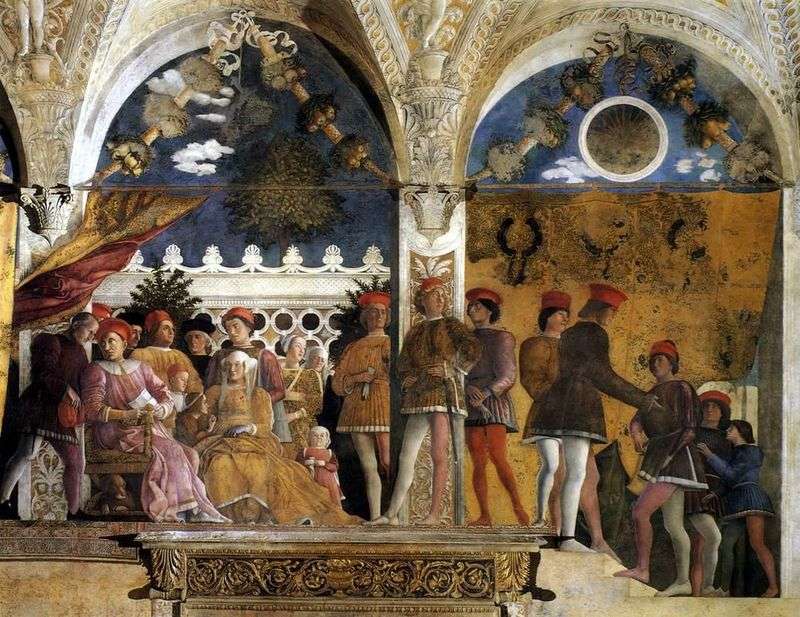
The cycle of frescoes of Mantegna in the Palazzo Ducale is considered the pinnacle of the work of the famous master of the Padua school of painting. The camera degli
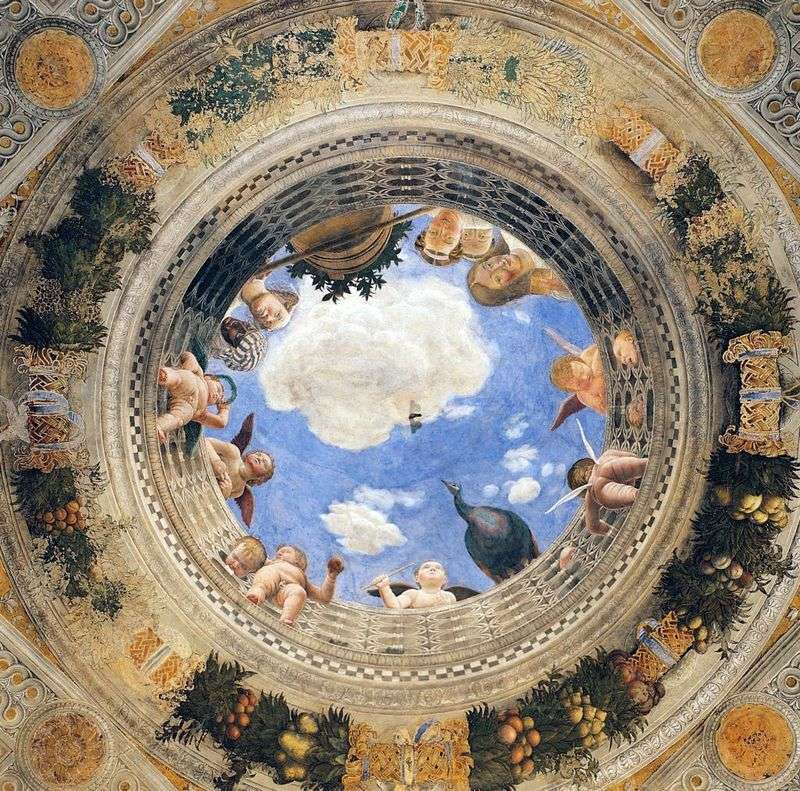
On the fresco, located on the arch of a small square room, Mantegna, for the first time in Western European art, created the illusion of space going up to the
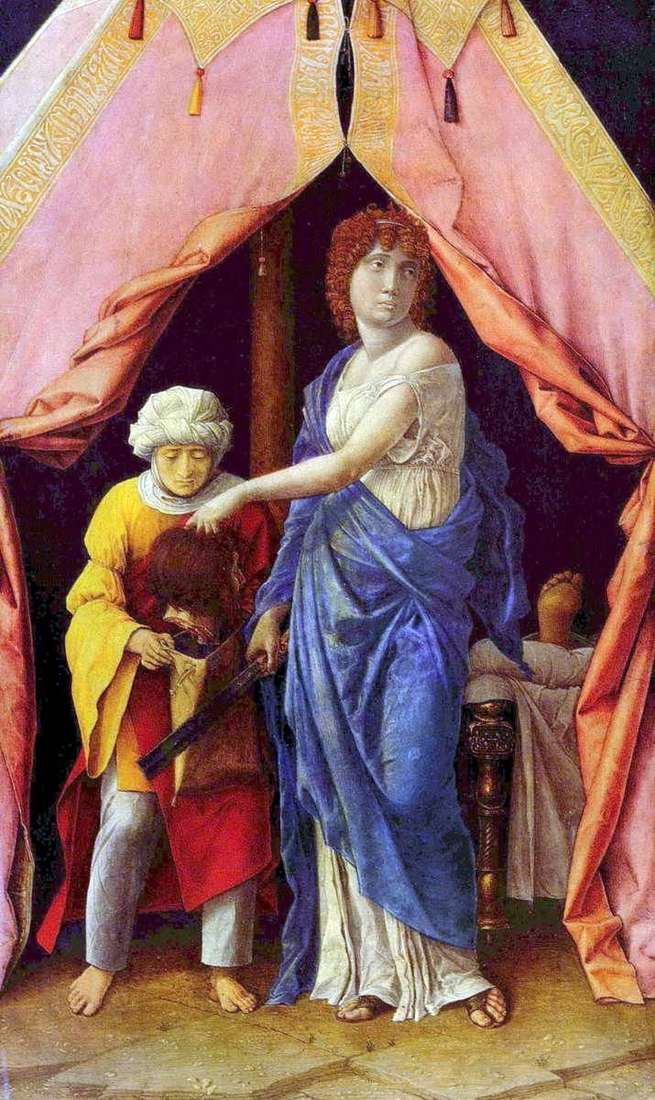
Mantegna was the first to switch from Christian to ancient themes and first to study the anatomy of the naked body. He first began to study the nature of the

The saddest story of the Gospel author served simply and easily. The viewer lifeless, once full body forces the Son of God, over which bowed grieving woman. Picture devoid of
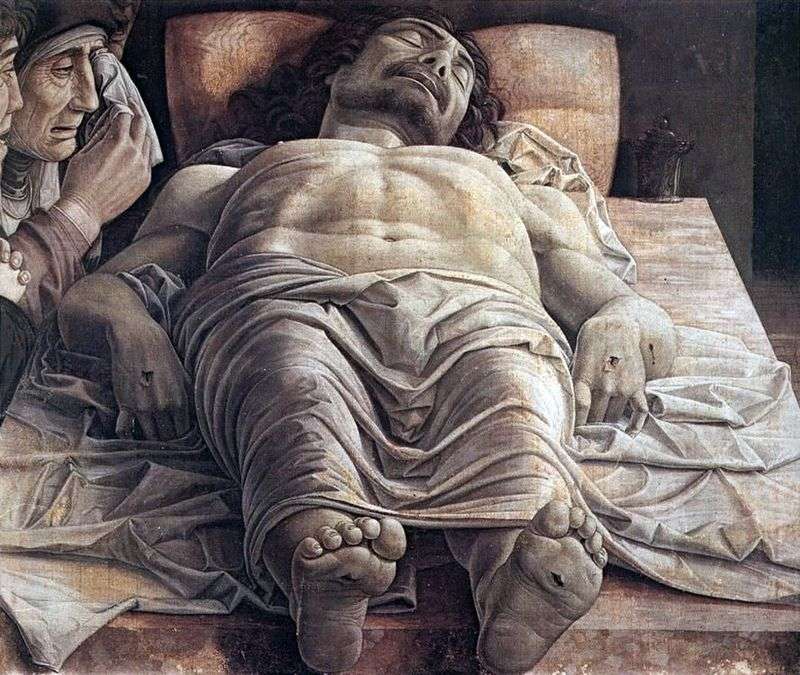
One of the greatest masterpieces of the Quatrocento era, as well as tempera painting, by Andrea Mantegna, also demonstrates a rather unusual angle. Also known as “Dead Christ” or “Lamentable”,
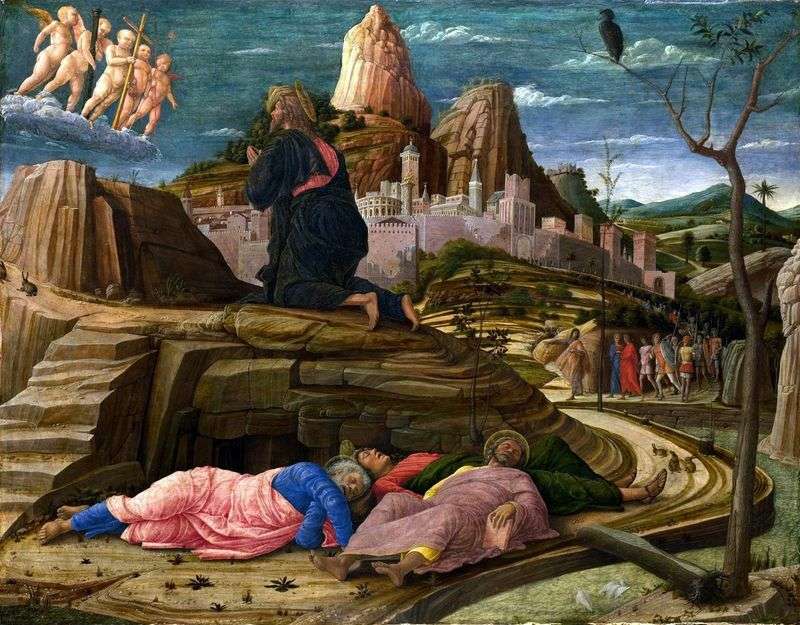
One of the works characteristic of Mantegna is the Praying for the Bowl. The traditional biblical story – the appearance of five angels to Christ – is conveyed here in
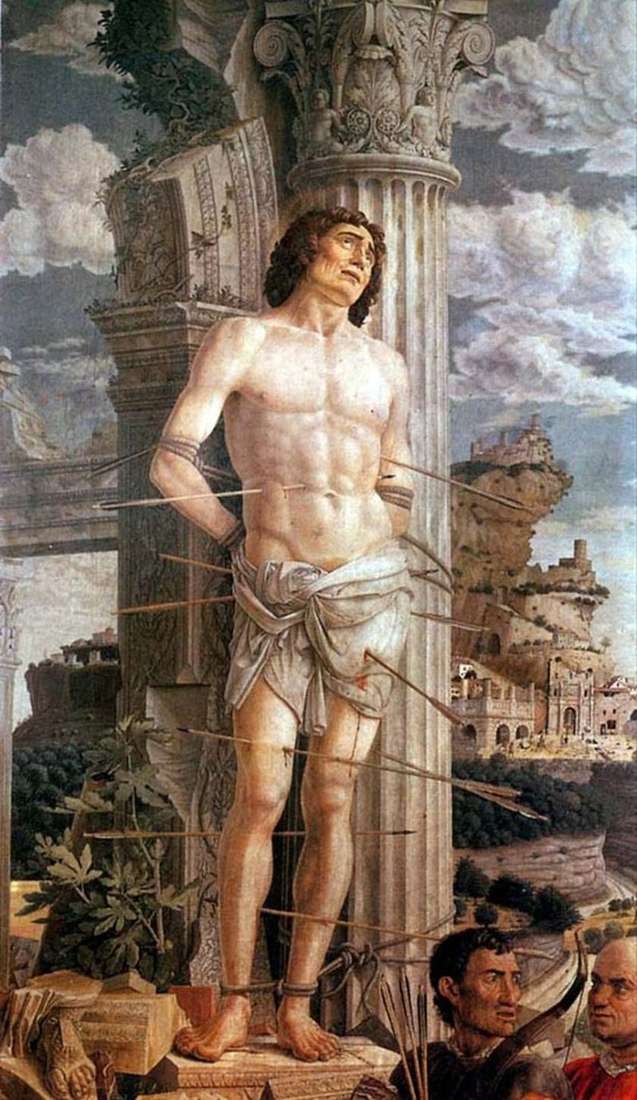
Among the magnificent paintings on the spiritual theme, Andrea Mantegna has a series of three paintings created at different times under the same name – “Saint Sebastian”. The most famous
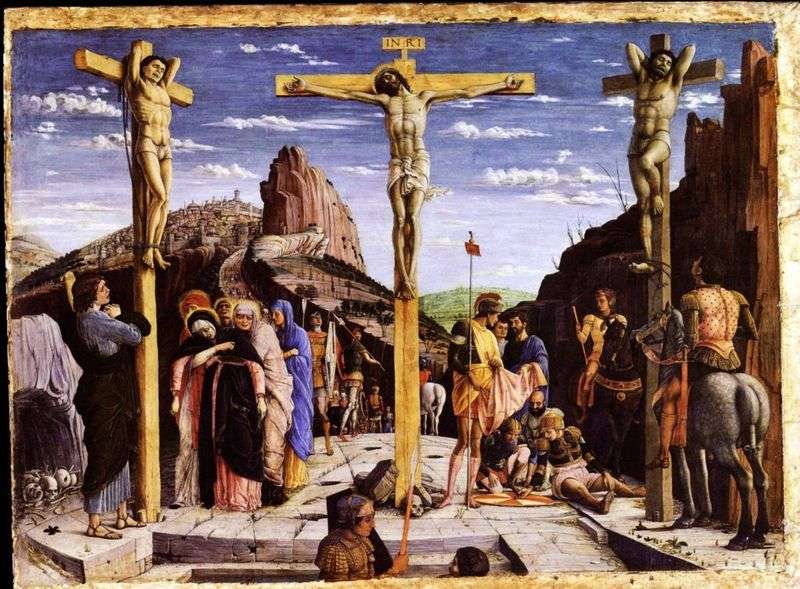
Andrea Mantegna, like many artists of his time, was fond of Antiquity, but he was interested in, first of all, Ancient Rome, rather than Greece. That is why his paintings
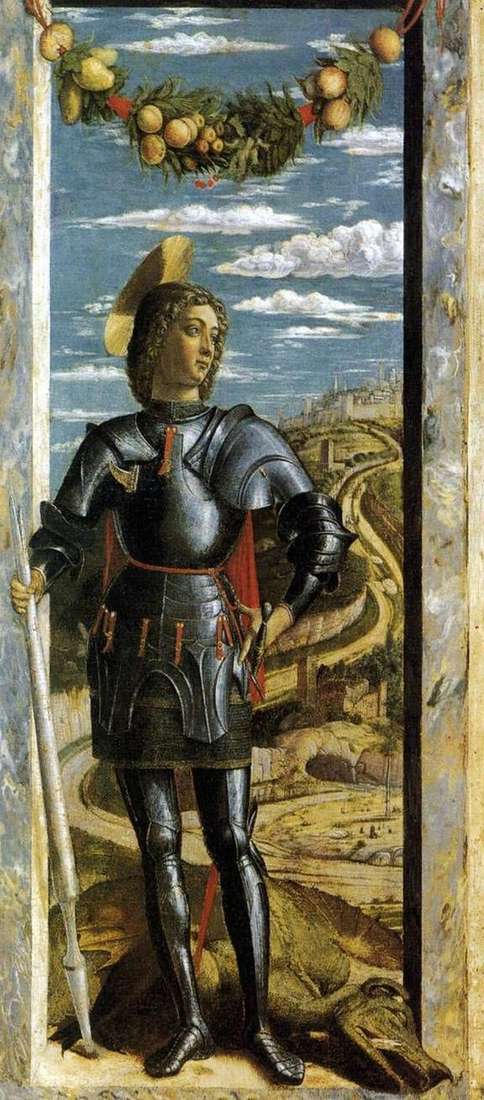
Andrea Mantegna was part of the family of the Venetian painters Bellini; he was married to Nicolozia, the daughter of Jacopo and sister Gentile and Giovanni. In fame and skill,
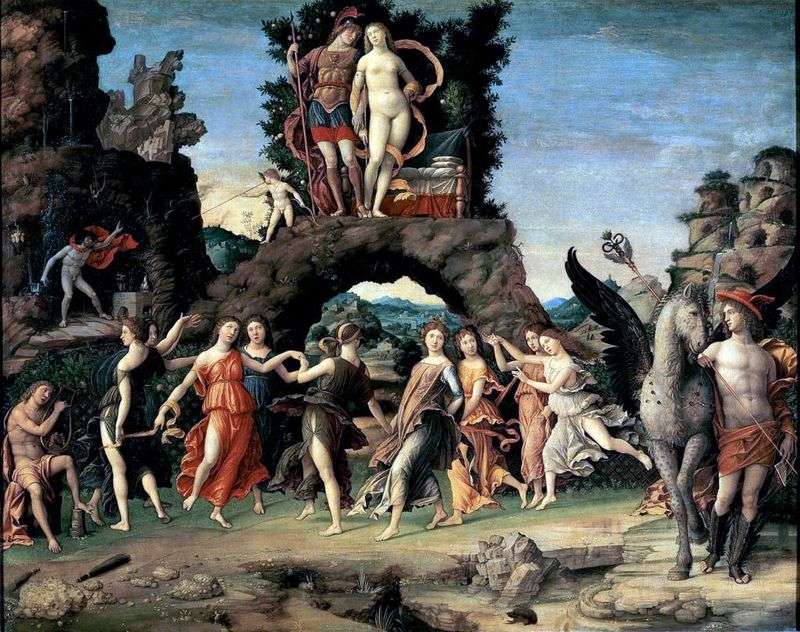
Andrea Mantegna’s love for the art of antiquity was ideally suited to the tastes and scholarship of Isabella D. Este. When she married, her grandfather’s grandfather Lodoviko Gonzaga, at whose
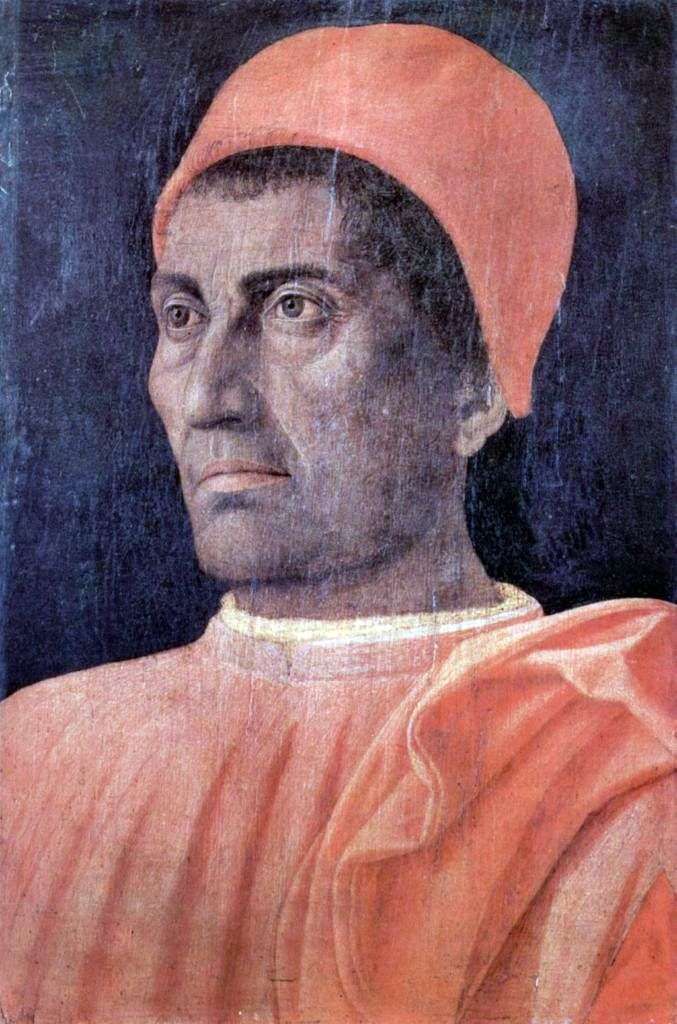
This portrait is one of the best works of Mantegna. Slender composition helps to capture the strict appearance of the character. Mantegna uses the three-quarter model rotation method, borrowed from
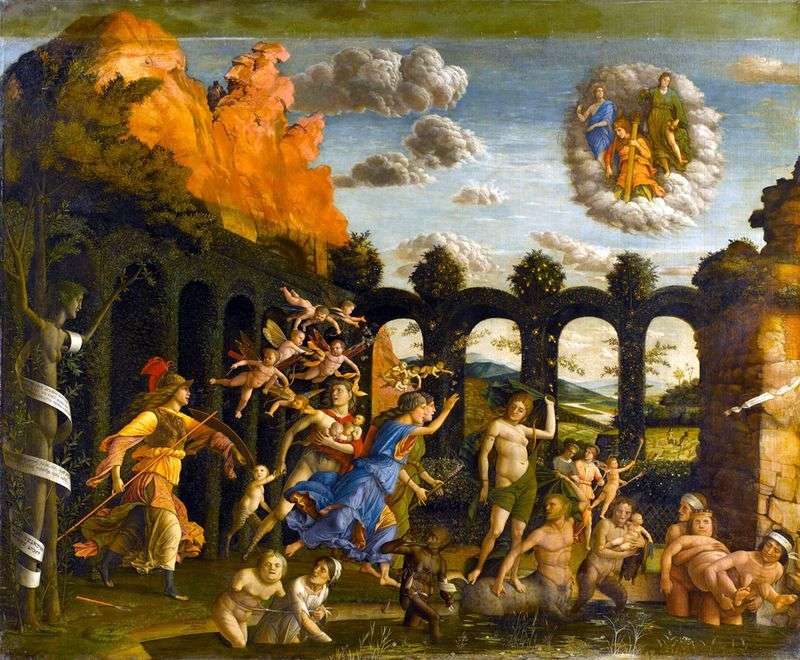
Mantegna painted this canvas for the Duchess of Mantua, likening it to Minerva. In the picture, Pallas rushes in, dispersing everyone in his path and directing his gaze to the
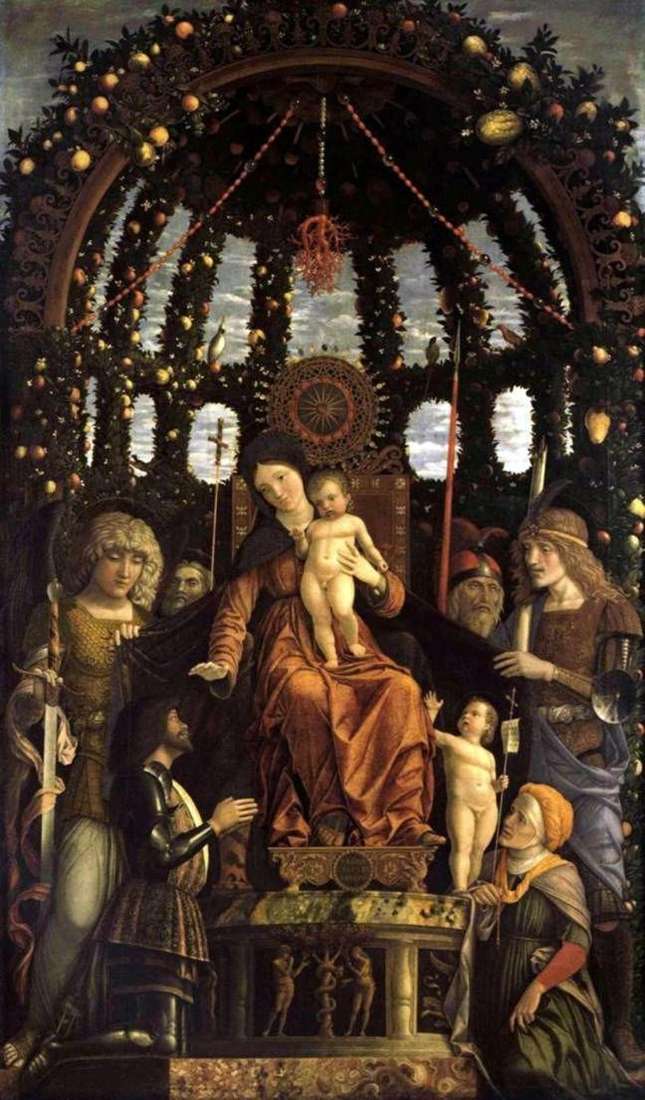
This work of Mantegna is commissioned by Margrave Francesco II Gonzaga – he is depicted on the left in the foreground – in memory of the battle of Fornovo di
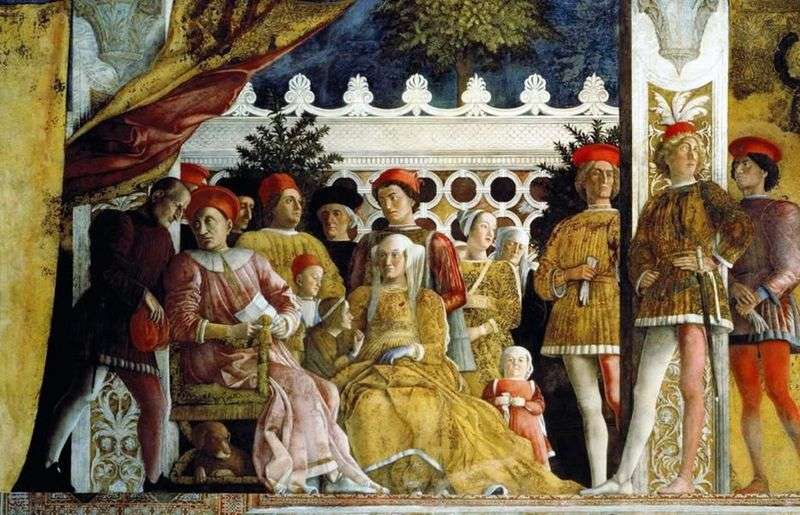
The frescoes from the Camera degli Spozi, the bedroom of Ludovico III Gonzaga, are a famous example of the world painting of the Italian Renaissance. In expressive scenes with a